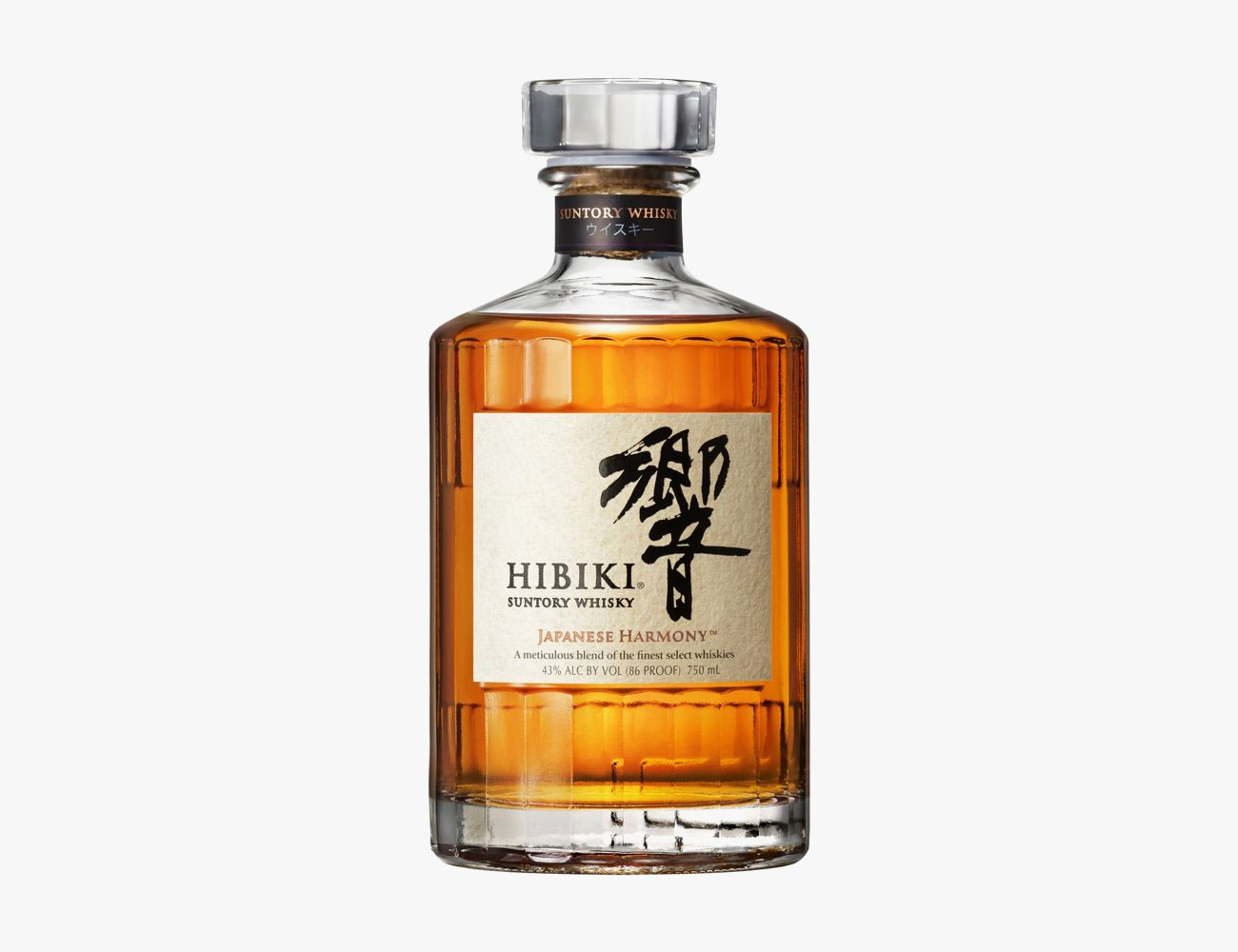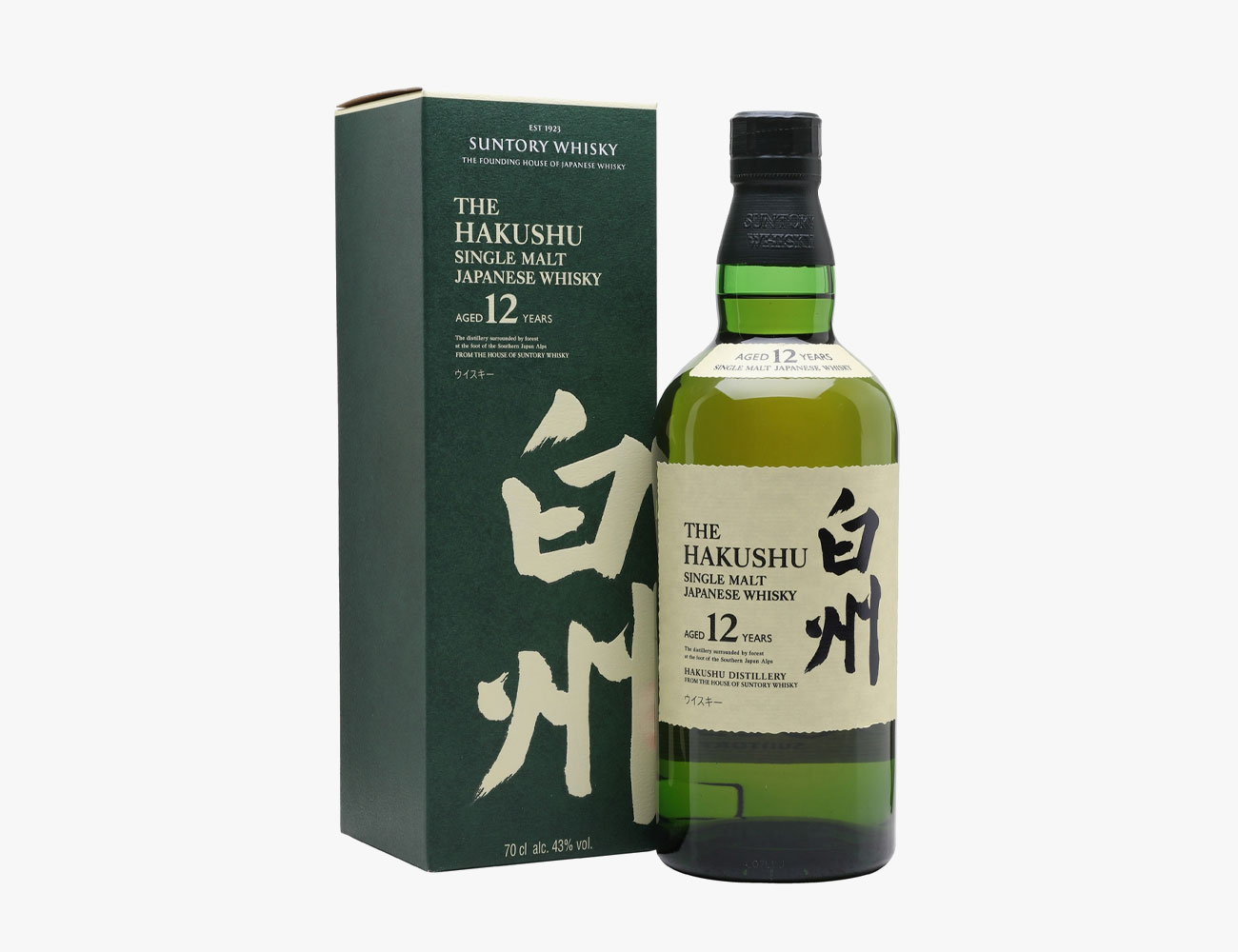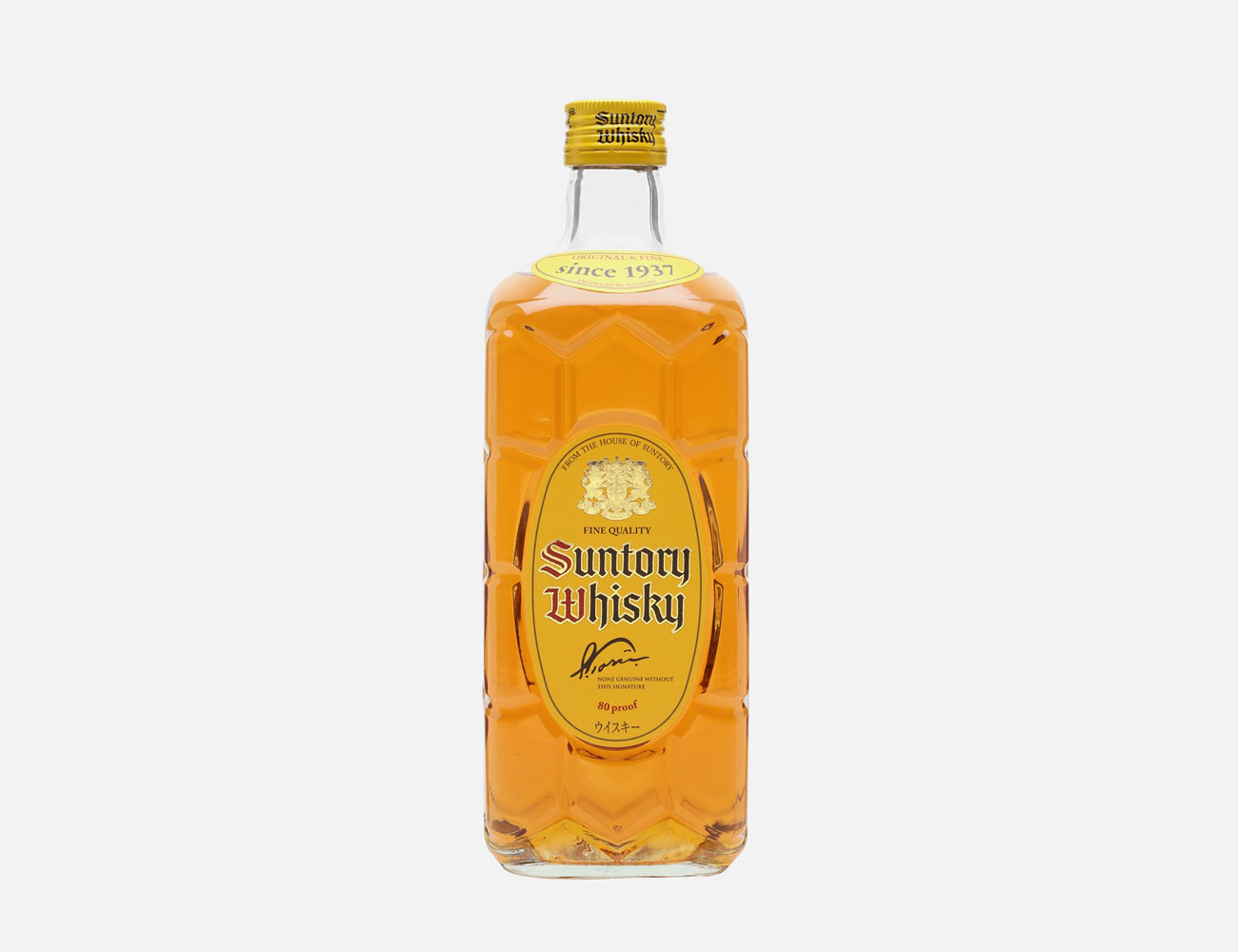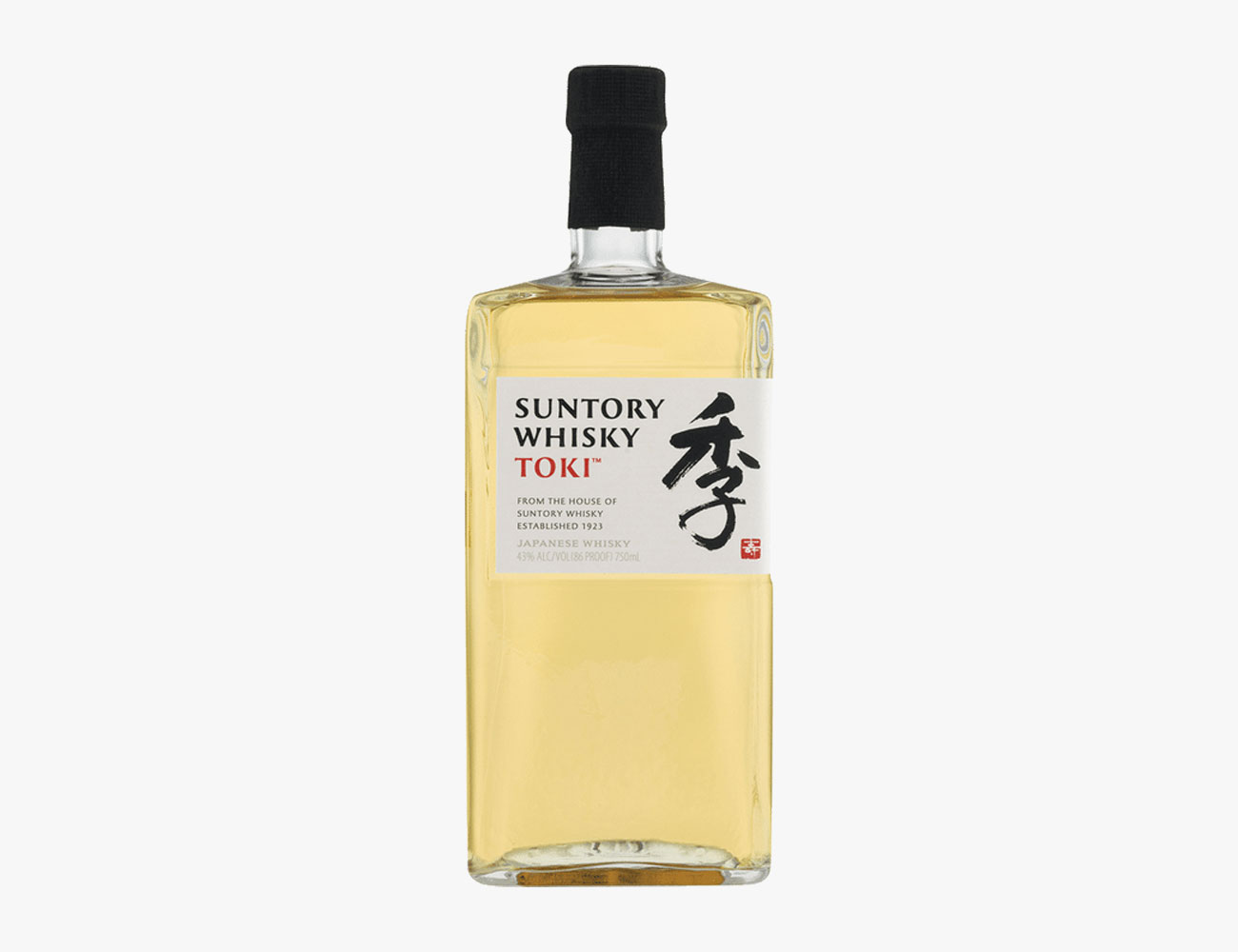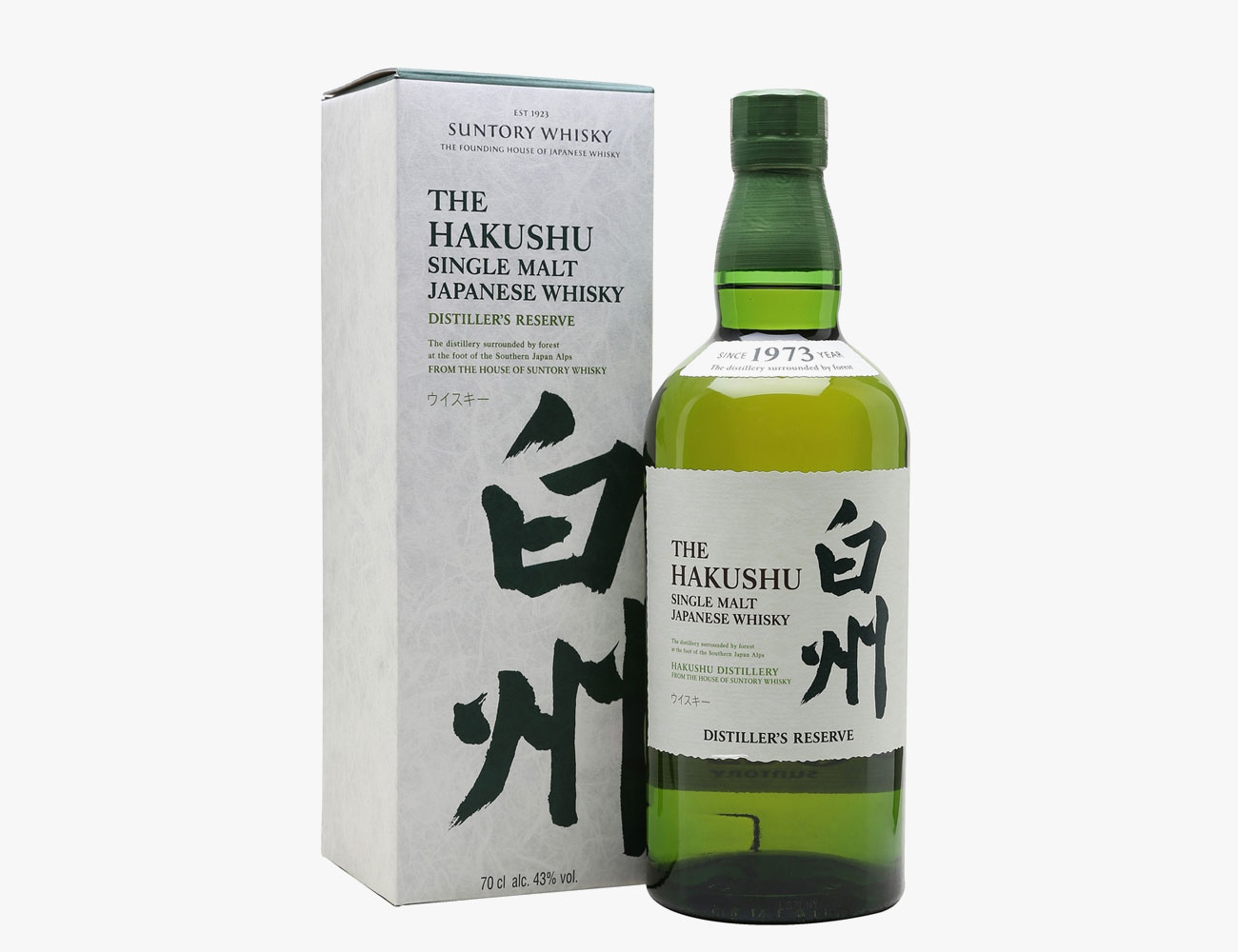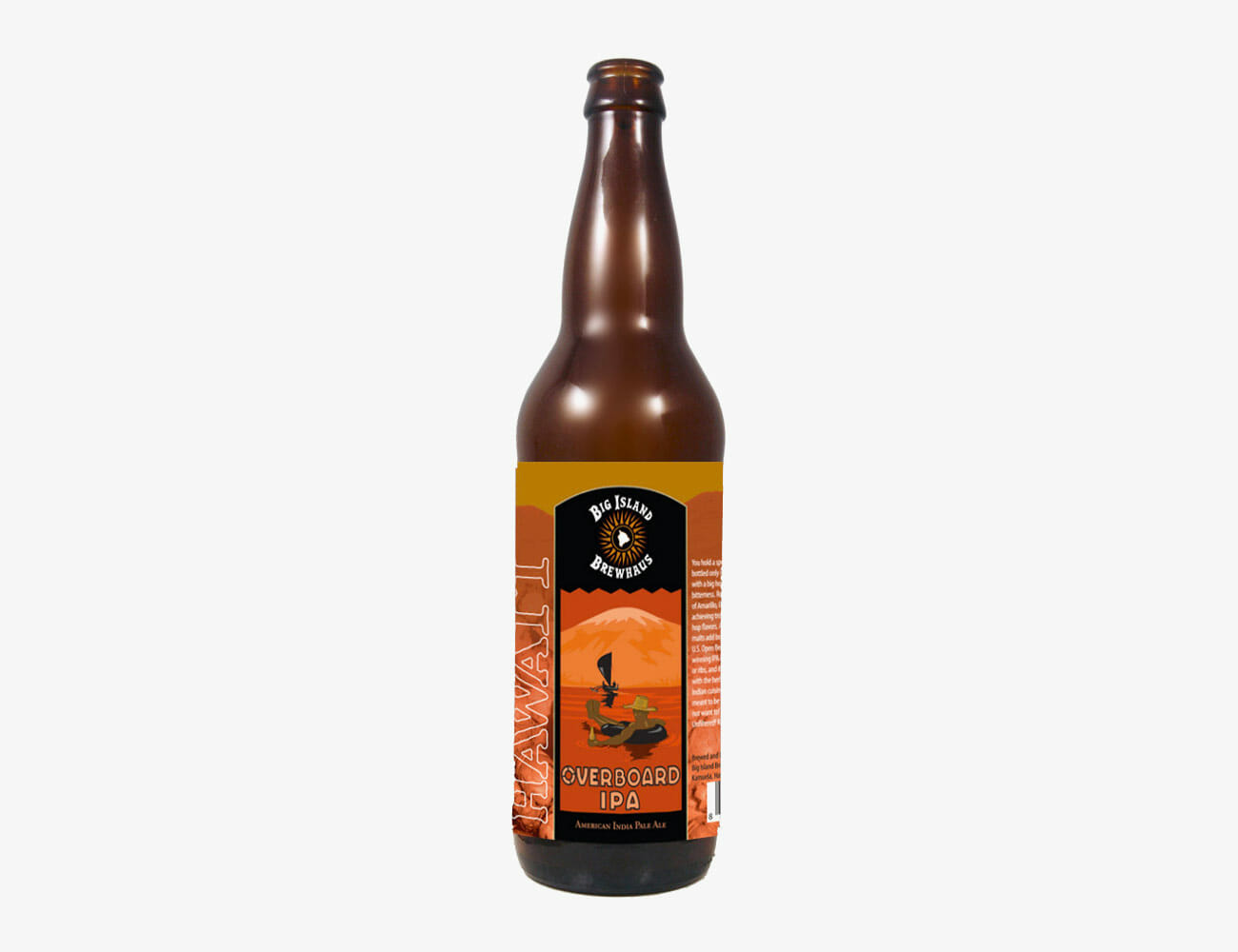Yamazaki. Hakushu. Hibiki. When a Westerner thinks of Japanese whisky, they think of names under the House of Suntory. Which makes sense, of course — Shinjiro Torii’s company, founded in 1923, is Japan’s first and most popular whisky maker. But it wasn’t always that way.
In 1929, Torii hired Masataka Taketsuru to create the world’s first Japanese whisky. They got it wrong. The expression, called Suntory Shirofuda, tasted too much like Scotch — too peaty, too powerful. Torii realized the Japanese palate didn’t want ultra-smokey peat bombs; it wanted finesse. So they made what has since become the most popular whisky Japan: Suntory Kakubin. It’s light, punchy and floral, the baseline for all Japanese whiskies to come.
Since then, Suntory’s whiskies have grown in volume, quality and prestige. It operates three distilleries across Japan — Yamazaki Distillery, Hakushu Distillery, Chita Distillery — each with its own purpose and flair. Here’s everything you need to know.
Editor’s Note: Suntory has recently discontinued many of its expressions, citing the growing popularity of Japanese whisky and general stock shortages. Those are included in this guide, as they remain available in limited quantities in and outside of Japan.
Hibiki
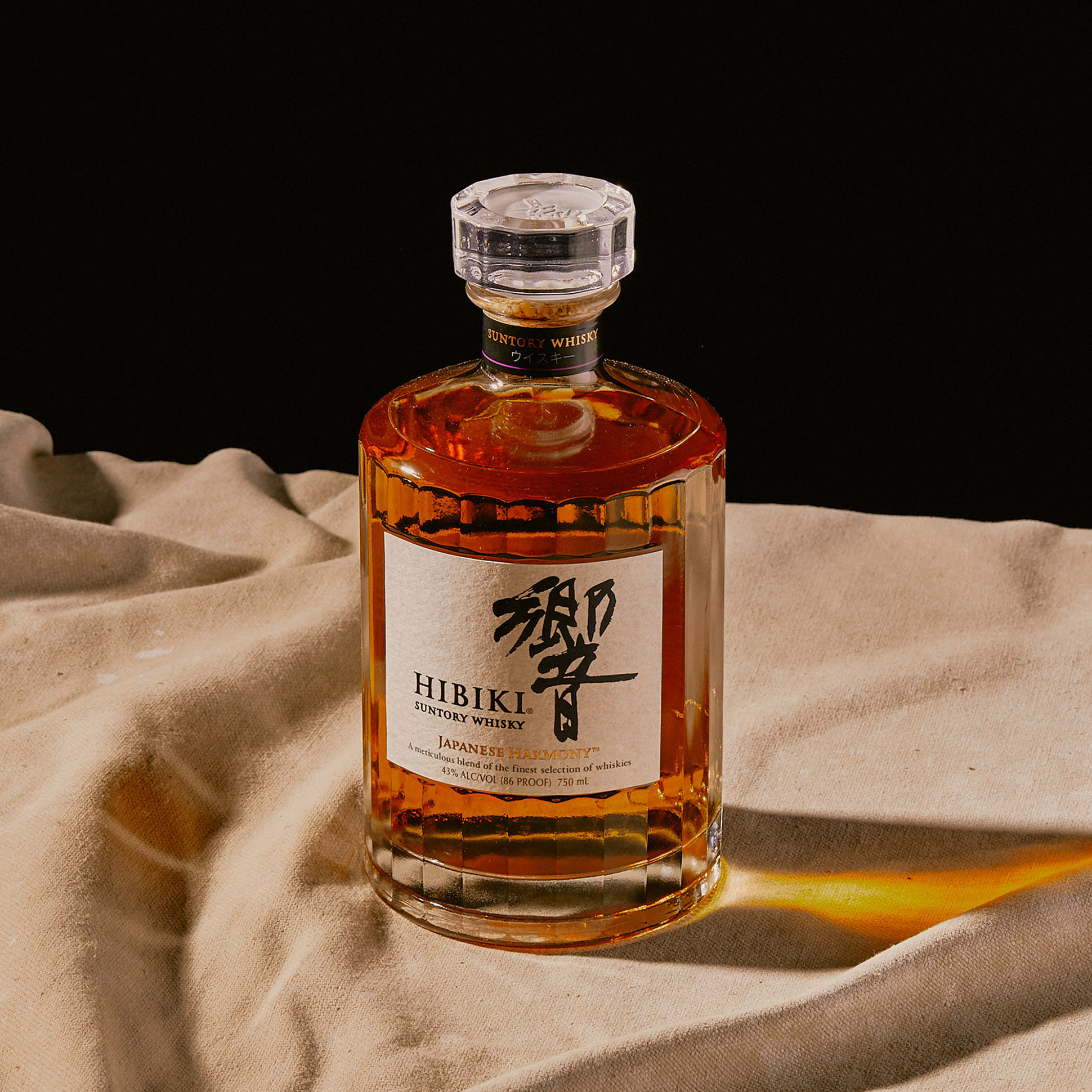
The most luxe of Suntory’s whisky holdings also happens to be its most Japanese. Hibiki, which first hit shelves in 1989, was designed as a more palatable alternative to blended Scotch, meant to be sipped neat or over ice.
Each Hibiki expression is a blend of dozens of whiskies produced at all three of Suntory’s whiskey-making facilities and, as with each Suntory whisky brand, may contain spirit aged in new American oak barrels, Spanish Olorosso sherry casks, ex-bourbon barrels, ex-wine casks and the legendary (not to mention extraordinarily expensive) Japanese Mizunara oak barrel.
The size and variability of the Hibiki toolkit is what separates it from Suntory’s other whiskies. It’s the only of the company’s whiskies that contains parts from every distillery, every wood type and every barrel in its repertoire. The results are intensely floral and fruity that, as you climb in years-in-barrel, present more depth, citrus notes and tannic twists.
Hibiki Japanese Harmony
SRP: $65
Street Price: $65-$100
Year Introduced: 2015
Production: Ongoing
Within the Hibiki line, only Japanese Harmony (the sole non-age statement Hibiki expression) remains at or near its listed retail price in the U.S. It’s a composite of Chita grain whisky and Yamazaki and Hakushu single malt whiskies, and though Suntory discloses no age information for the whiskies in the Harmony blend, it’s likely younger than the other offerings under the Hibiki umbrella. Japanese Harmony leans heavily on its springiness — it’s heavily floral and citrusy on the nose and palate — but it lacks some barrel flavors like vanilla, maple and wood spice until the finish. Pour it over ice for best results.
Hibiki 12
SRP: $85
Street Price: $350-$450
Year Introduced: 2009
Production: Discontinued
The first of Suntory’s whisky to get the axe … Hibiki 12 was discontinued in 2015, so despite its status as the youngest of the line’s age-statement collection, it’s no easier to track down than its older siblings. The liquid itself exhibits an immediate woody note on the nose, with the brighter, more acidic notes relegated to a supporting role. The taste is closer to Harmony than expected, but is noticeably less watery rolling around the mouth and it’s apparent there’s a different variable at play. In this case, it’s a significant portion of time spent aging in ex-plum liqueur barrels, a practice other Hibiki bottles don’t include.
Hibiki 17
SRP: $150
Street Price: $450-$600
Year Introduced: 1989
Production: Discontinued
The discontinuation of Hibiki 17 was perhaps the biggest Japanese whisky news of 2018, and for good reason. It’s the benchmark Hibiki — an award-getting bottle that shows off the power of Japanese whisky making technique and, more specifically, the Mizunara oak tree.
Whisky aged in Mizunara casks is thought to need more time to reach its potential than traditional aging types; thus, the older the Hibiki expression, the more Mizunara characteristic. In this case, that means a spirit with a weighty body, heavy coconut and sandalwood aroma and a balanced sweet- and spice-driven taste profile.
Hibiki 21
SRP: $250
Street Price: $850-$1,100
Year Introduced: 1989
Production: Ongoing
If a betting man were to put money on the next discontinuation domino to fall, it’d be on Hibiki 21. The oldest of the U.S.-available Hibiki products carries a significantly more wood-driven (Mizunara especially) flavor than the 17 or the 12. Its finish is more drawn out, and the sweet and bright notes you get at first sip with Harmony and the 12 don’t show up as quickly. But 21 isn’t what one would call overoaked — Hibiki’s trademark floral acidity cuts through the richness. If you’re able to order a pour at a bar, do so neat for the full experience.
Hakushu
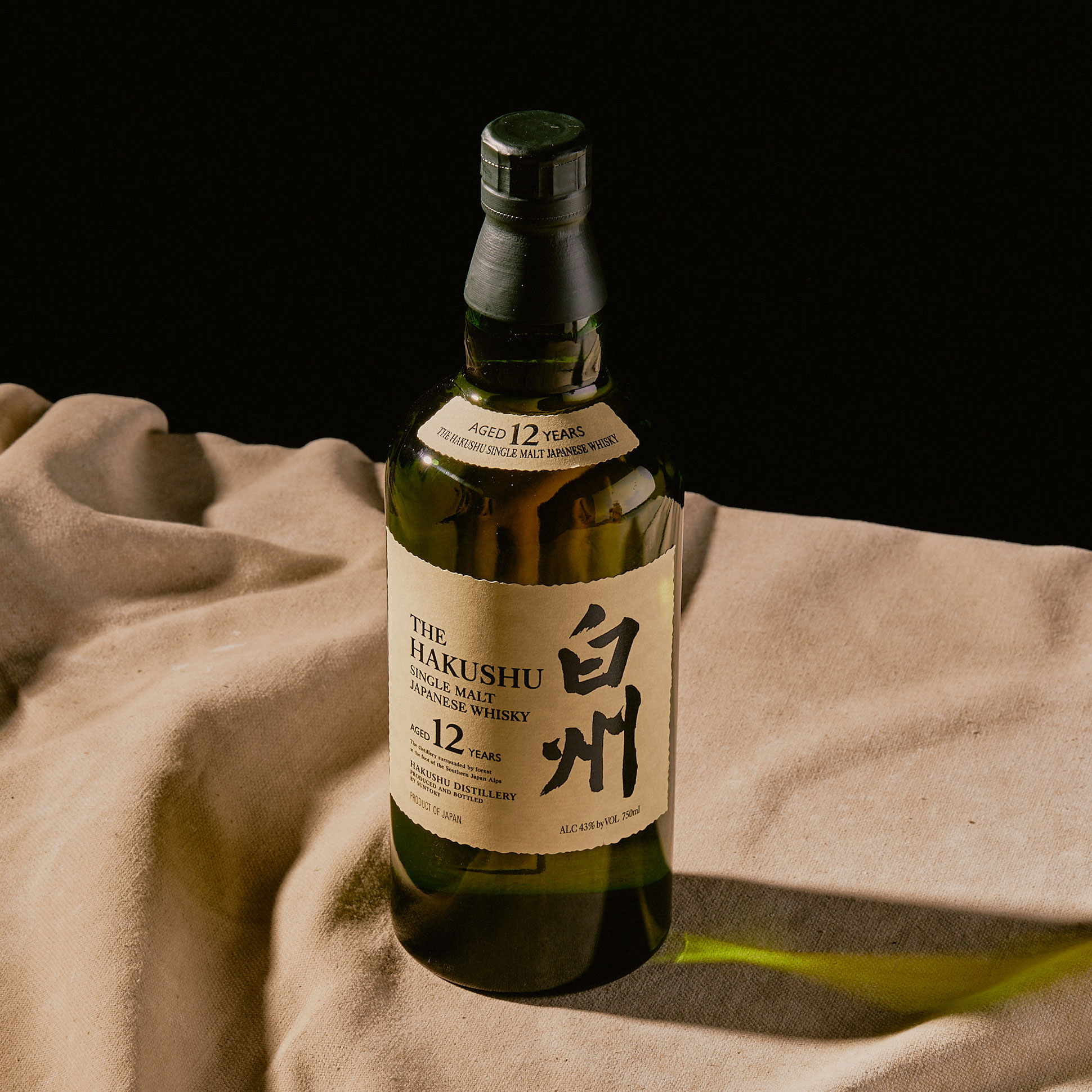
Suntory’s Hakushu distillery is hidden under a mountain in central Japan’s Yamanashi Prefecture. The whisky made there is defined by its intensely forested environment and, more pragmatically, peated malt. Hakushu is the only whisky in the Suntory profile that utilizes peated malt (the company imports it from Scotland), but thanks to exceptionally low mineral content water flowing from Mount Kaikomagatake and a much lower peat level, it’s intentionally tamer than the peat bombs Scotch drinkers may be used to.
Hakushu 12
SRP: $85
Street Price: $125-$200
Year Introduced: 1994
Production: Discontinued
The first of two U.S.-distributed Hakushu offerings, 12 offers up what the Hakushu line’s deep green bottle promises: freshness. On the nose and palate, 12 is bursting with Hakushu’s rich terroir — pine, mint, grass, chamomile, rosemary and lemon. The peat comes through most on the nose and finish, where it amounts to a background profile flavor. Hakushu 12 was discontinued May of 2018, but it can still be found with a little digging. Just expect a considerable markup.
Hakushu 18
SRP: $250
Street Price: $400-$600
Year Introduced: 1994
Production: Ongoing
This expression is the exact same base spirit as 12, just six years older. It’s also three- to five-times the price. The 18-year-old channels the 12-year-old bottle’s freshness, and goes deeper. It’s fresh herbal notes become dried herbal notes and the citrus is replaced with a big, ripe sweetness. The peat is still there, but shows up more on first tasting than it does near the end of a glass.
Yamazaki
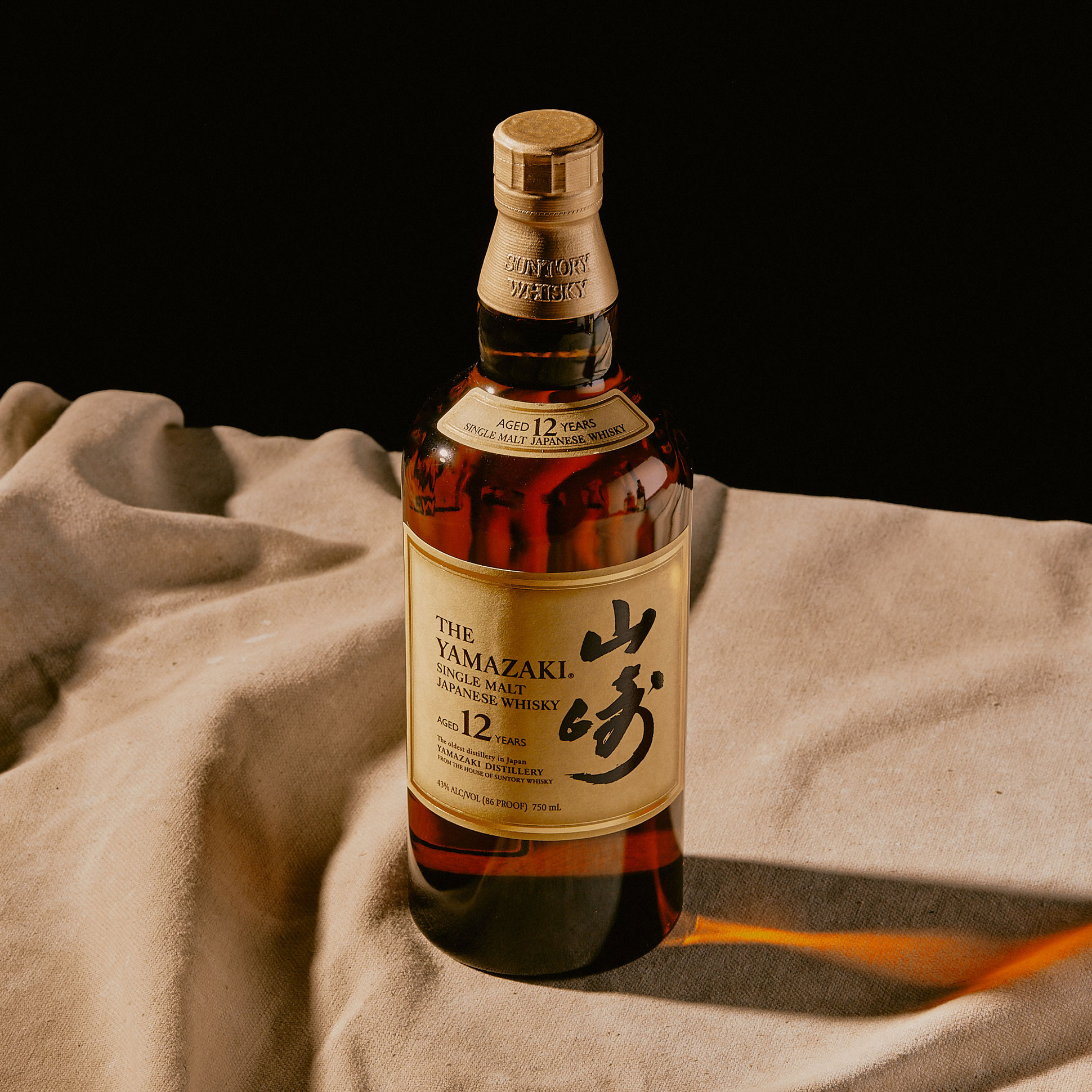
Located in a Kyoto suburb, the Yamazaki Distillery is the birthplace of Japanese whisky. Its many-layered whiskies serve as an introductory course to Japanese whisky — light-bodied, clean, rich in fruit and floral quality with varying degrees of spice. Yamazaki whisky isn’t as distinctive as Hakushu and it isn’t as poetic as Hibiki, but it’s an idealistic interpretation of what Japanese whisky is and should be.
Yamazaki 12
SRP: $85
Street Price: $125-$200
Year Introduced: 1984
Production: Ongoing
The most popular Japanese single malt in the world was also the first. Yamazaki 12 is primarily made up of whisky aged in American oak and ex-bourbon casks, with trace amounts of whisky coming from Olorosso or Mizunara casks. For Westerners, this lends it a slightly more familiar flavor — at least initially. What follows are the rich, standard markers for Japanese whisky: delicate fruit, light spice and a long, sherry-driven finish.
Yamazaki 18
SRP: $250
Street Price: $500-$1,000
Year Introduced: 1984
Production: Discontinued
The 18-year-old expression nails the same profile as the 12-year-old, but the order is reversed. Instead of sherry on the back-end, it’s the first thing you taste. The followup is a swell of barrel-derived flavor compounds picked up from six more years in casks: vanilla, coconut, butterscotch, toffee and so on. As with Hibiki 17 and up, the Mizunara cask impact is greater than on the 18 than the 12, with loads of sandalwood that stay with you from nosing to the finish.
Yamazaki 25
SRP: $1,600
Street Price: $7,500+
Year Introduced: 1984
Production: Ongoing
Forwarning: you will (likely) never drink this expression. Everything about Yamazaki 25 is excessive (the color is literally darker than the barrels it’s aged in). One of the few Japanese whiskies that could fairly be described as oak-aggressive, the 25-year-old bottling packs a payload unlike its younger counterparts — heavy wood tannin astringency, deep sweetness as all stages of tasting and a consistent sherry bite that cuts through all of it. If you want to try it, your best bet is to patron a well-stocked bar and order a pour. Otherwise, a bottle will run you upward of $7,500 in store, or $10,000-plus online.
Other Notable Bottles
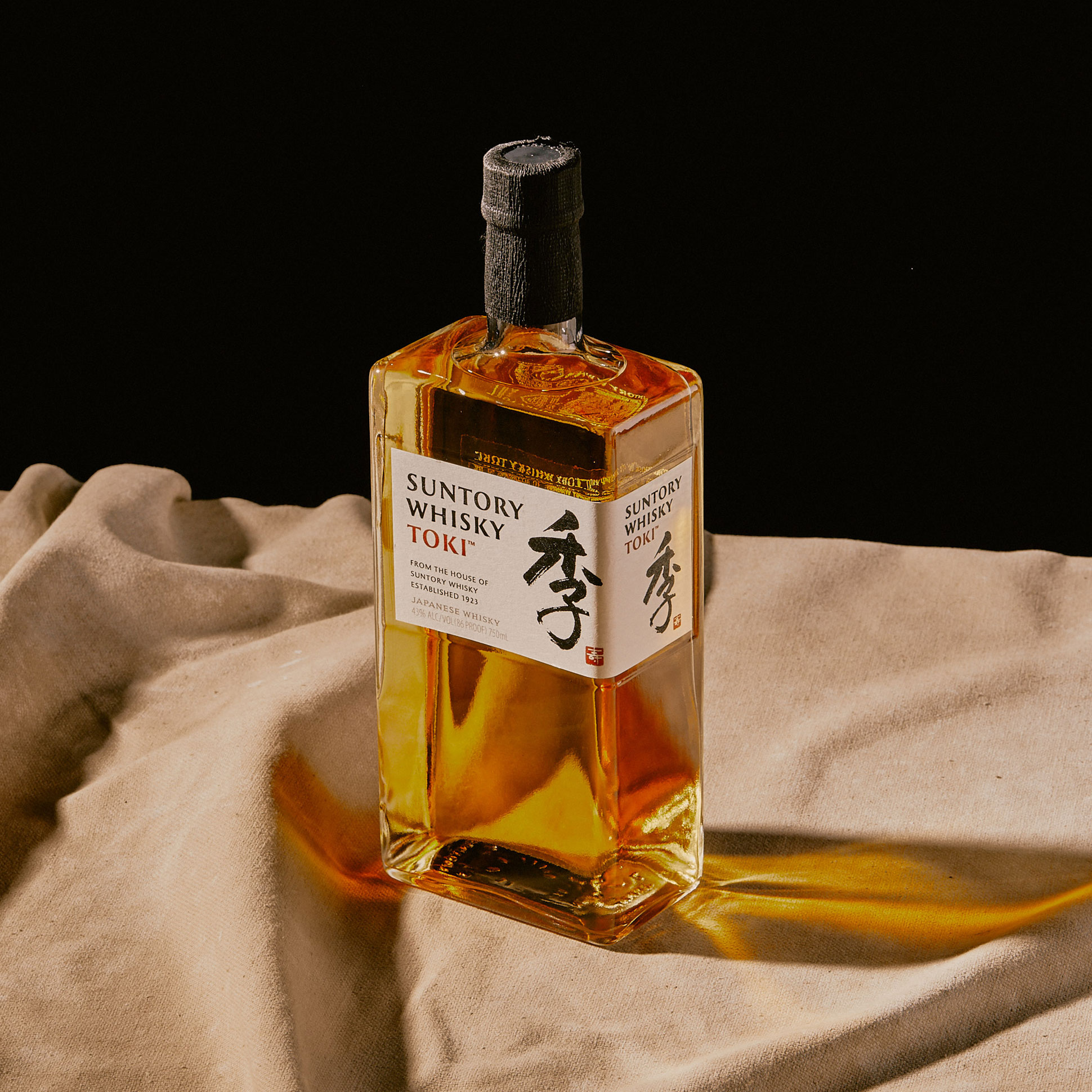
Kakubin
SRP: Not Available in the US
Year Introduced: 1937
Production: Ongoing
Think of Kakubin as Japan’s Jim Beam White Label — it’s cheap, available everywhere and just good enough to mix with soda for a decent drink. Effectively the second Japanese whisky ever made, its light body and slightly spicy profile were built to mix into a highball and cut through the carbonation just enough. It’s unavailable in U.S. stores, though you could buy this online from a number of sites, but prices are far exaggerated from Kakubin’s status as a convenience store whisky in its home country. Our advice: wait until you make it to Japan yourself before picking up bottles. Its price means it the perfect bulk buy, and its story makes it an ideal travel gift.
Toki
SRP: $35
Street Price: $35-$50
Year Introduced: 2016
Production: Ongoing
Suntory designed Toki to do one thing extraordinarily well: mix in highballs. After all, Japan’s favorite way to consume whiskey — which entails mixing a few ounces of whisky with a few ounces of club soda (lemon spritz optional) — was not a prudent way to use up more mature bottles. Toki is primarily made up of Hakushu malted whiskies and a heavy helping of Chita grain whisky (Chita can be purchased as its own expression in Japan), giving it a springy, velvety nose and mouthfeel with enough spice to cut through soda and ice dilution. The mixture is finished with trace amounts of Yamazaki aged in American oak and Spanish sherry casks. Available in nearly any decent liquor store, it’s perhaps the only Japanese party whisky.
Chita
SRP: Not Available in the US
Year Introduced: 2015
Production: Ongoing
For blending purposes, Chita grain whisky serves as dashi; it’s the whisky equivalent to broth in a stew — a flavorful foundation, but not the star of the show. In 2015, Suntory decided to bottle a single grain variant to sell in Japan (it hasn’t made it to the States yet). No one would recommend it for sipping neat or on the rocks, but it’s a perfectly capable highball whisky, especially if you prefer more passive flavor profiles. Tasting Chita also serves as an education tool for those aiming to understand the building blocks of Japanese whisky, as it’s presence is easy to miss in Hibiki and Toki bottlings.
Yamazaki Distiller’s Reserve
SRP: Not Available in the US
Year Introduced: 2014
Production: Ongoing
You’ll notice a pattern with Suntory’s most recent whisky releases: no age statements. Unavailable in the U.S., Yamazaki Distiller’s Reserve is essentially Yamazaki Light. It’s composed of the stuff that goes into the more mature expressions, but it lacks the depth brought on by said maturation. It’s a good place to start trying Yamazaki, and one that, if you find yourself in Japan, won’t break the bank.
Hakushu Distiller’s Reserve
SRP: Not Available in the US
Year Introduced: 2014
Production: Ongoing
This is just like Yamazaki Distiller’s Reserve but made entirely with Hakushu whiskies. It carries the huge green notes and mild peatiness of its older catalog mates, but it has a much quicker, one note finish. Also like the Yamazaki, less complexity isn’t necessarily a bad thing.


